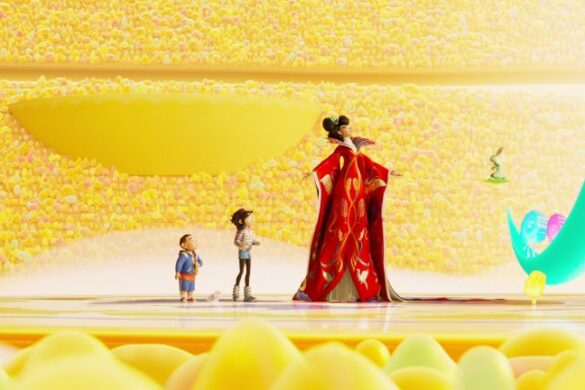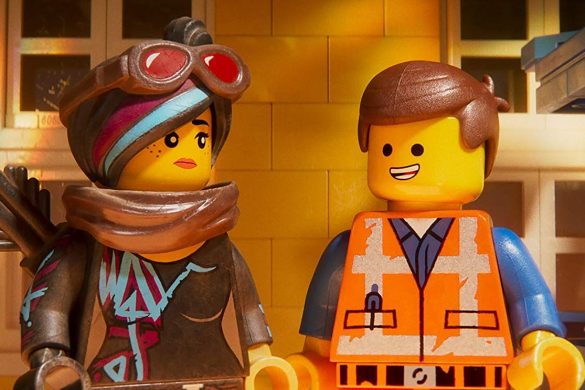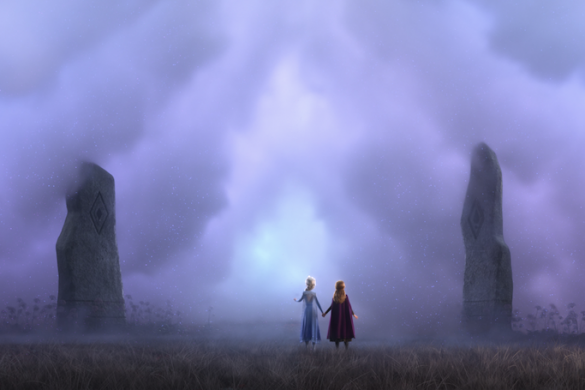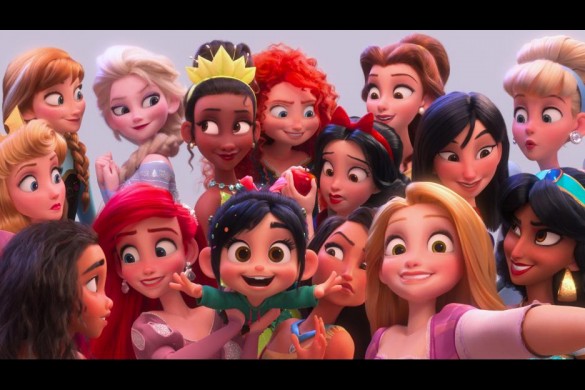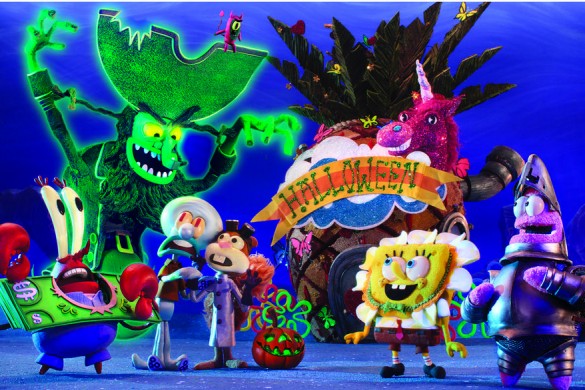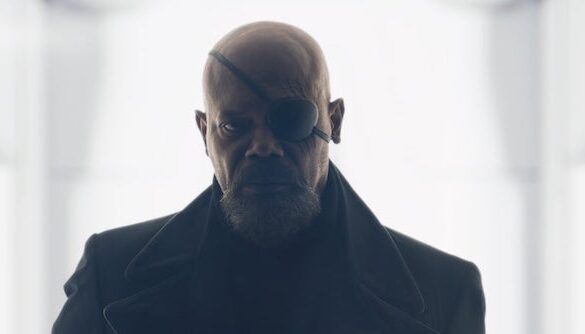Minor Spoiler Alert Below
Director Gabriela Cowperthwaite’s “I.S.S.” brings the real fears of international conflict aboard the titular space station. In our interview with the director, we talk about grounding the high-concept sci-fi thriller.
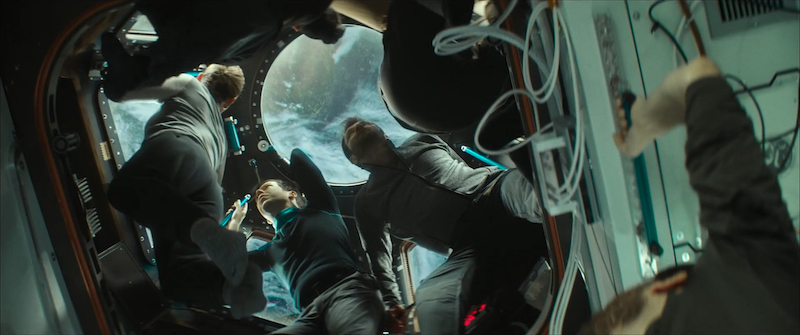
I.S.S. follows Dr Kira Foster, an astronaunt who joins an American and Russian crew aboard the International Space Station. When worldwide conflict breaks out, it sends everyone on board into a state of confusion. With both sides unable to trust each other, the astronauts receive orders from the ground: take control of the station by any means necessary.
ThatsItLA had the chance to talk to Cowperthwaite about creating large stakes by confining it in a small space and the importance of having the audience connect to the characters. She also talked about some of the research she conducted to learn about how politics work aboard the I.S.S. and how films like “The Thing,” “Alien,” and “The Omen” were some of the cinematic influences that helped shape the film’s visual storytelling.
That’s It La: This isn’t an ordinary sci-fi thriller because it’s grounded in reality. Can you talk about capturing that experience? And what were the parameters you set for yourself without going too far off the story you wanted to tell?
Gabriela: Yes. It capitalized on this historical, adversarial relationship this country has had with Russia. It’s something familiar to everybody, right? It’s just been depicted on so many different shows. We knew that we were going into that, but what I wanted very much was for us to see the humanity. When you come in as an audience, there are six people, and some of them have accents, and that’s it, right? You’re gonna identify maybe with someone, maybe with a Russian, because they’re just a human being that you have more in common with than you do with a couple of the Americans. As an audience, I would want people to just come into the humaneness of it.
But some of the beauty of the film is that all of the themes that I would have wanted to say about what it means to have conflict and world conflict still hold right. The people are being given directives from their countries and whatnot and told to do these things, right? They are told the person in front of you is no longer your friend and that they are your enemy. And why they’re your enemy? Because we told them they’re your enemy. They left to their own devices, their friends. So, all of that plays out thematically. It has played out on the world stage.
That’s It LA: That leads me to my next question: the film’s conflict is set in space, but it was produced long before Russia invaded Ukraine. Did you have to do any research about how these nations co-exist and politics aboard the I.S.S.?
Gabriela: Yeah. So there’s surprisingly little politics from what I gathered from this. I read the script. Then, I started doing all this research. I knew nothing about the space station, really. I didn’t know how fast it moves. It’s flying at 17,000 miles per hour. All these things were all news to me. But one theme throughout all of that was our NASA consultant Garrett Reisman and Scott Kelly’s book called ‘Endurance.’ These astronauts had gone up to the I.S.S. and spent much time there with Russians. They all said, ‘You leave it all at the door.’ You just leave it all at the door because that person is on the space station to collaborate with you. It is so ridiculously dangerous up there. Like anything can go wrong. And that part just blew my mind. How many things can go wrong? And every day, something needs to be fixed. And you’ve got a physicist, a doctor, but you know, and a scientist. You’ve got all these fantastic and different people, and you are relying on them for your survival. That’s the beauty of it.
No matter what’s happened on this planet, they’ve always played nice. And so to watch that come untethered, through no fault of their own, was so shocking. But it’s also so amazing to me because of the research because this doesn’t happen up there; they don’t do this to each other.
That’s It LA: Given that this is a grounded high-concept space thriller grounded by humanity, what were some of your inspirations behind some of the visual and narrative storytelling?
Gabriela: So, regarding visuals, I didn’t have too much because I feel like sci-fi is sometimes very clean and aspirational. Metal, doors, and everything are what we wish the future looked like. And I wanted it to be very much exactly what the I.S.S. looks like. I want all the messiness of humanity. I wanted that feeling up there.
Regarding references for how I wanted people to feel I had, I kind of went to weird stuff like John Carpenter’s ‘The Thing’ and ‘Alien.’ Just where you’re just like, ‘I don’t know if you’re to be trusted or not.’ Like, I’m not worthy of trust because if I don’t trust you, that means I’m going to start strategizing. Right? And that might be to your detriment. So that feeling, and that quiet, coming apart of the seams, is the feeling I wanted.
***minor spoiler alert***
“I would reference things like that. There was a scene where they were looking for Gordon, right? Going to spoil my own movie, but they’re sort of like, ‘Oh, my God, wait a second.’ And so they’re going from window to window. And that was, discussing with my production designer, from ‘The Omen,’ where they’re like, ‘Oh, he falls under the ice.’ You see him under the ice, and they’re trying to chase to look under the ice to see this person floating down the river under the ice. I can never forget that scene. So I want that to be what you feel a little bit. You know, you’re going across. So, I would have bits and pieces of memories of things I wanted to infuse.
**** end of spoiler alert ***
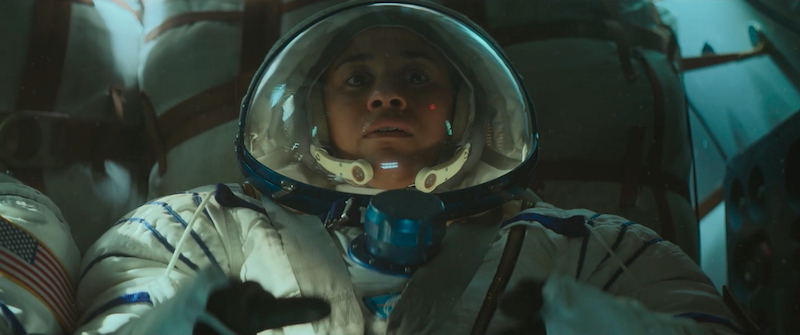
That’s It LA: So, for my final question, what was it like to work with Ariana DeBose? She’s a triple threat: a dancer, singer, and actor. And to put her in a place where her movements are limited must have been interesting. What were some conversations you had with her regarding advancing her story through her performance by limiting her mobility?
Gabriela: She did have her dancing background, which helped her with all the core strength required because I put them in these diapers essentially, these terrible harnesses connected to tethers. The actors are essentially marionettes. The stuntmen are driving what they’re going to do. And it’s really uncomfortable for them. So, Ariana could just bear down and just take it. There was the kind of core strength that you could see that was helping her. She understands movement. Like she understands positioning and understands herself in space. So, she jokes about how she had to be less of a dancer. She had to stop pointing her toes or stop things that she just does naturally. She would call herself out on stuff. So yeah, that, but just like her being in her body and understanding movement helps so much.
“I.S.S.” opens in theaters on January 19, 2024.



